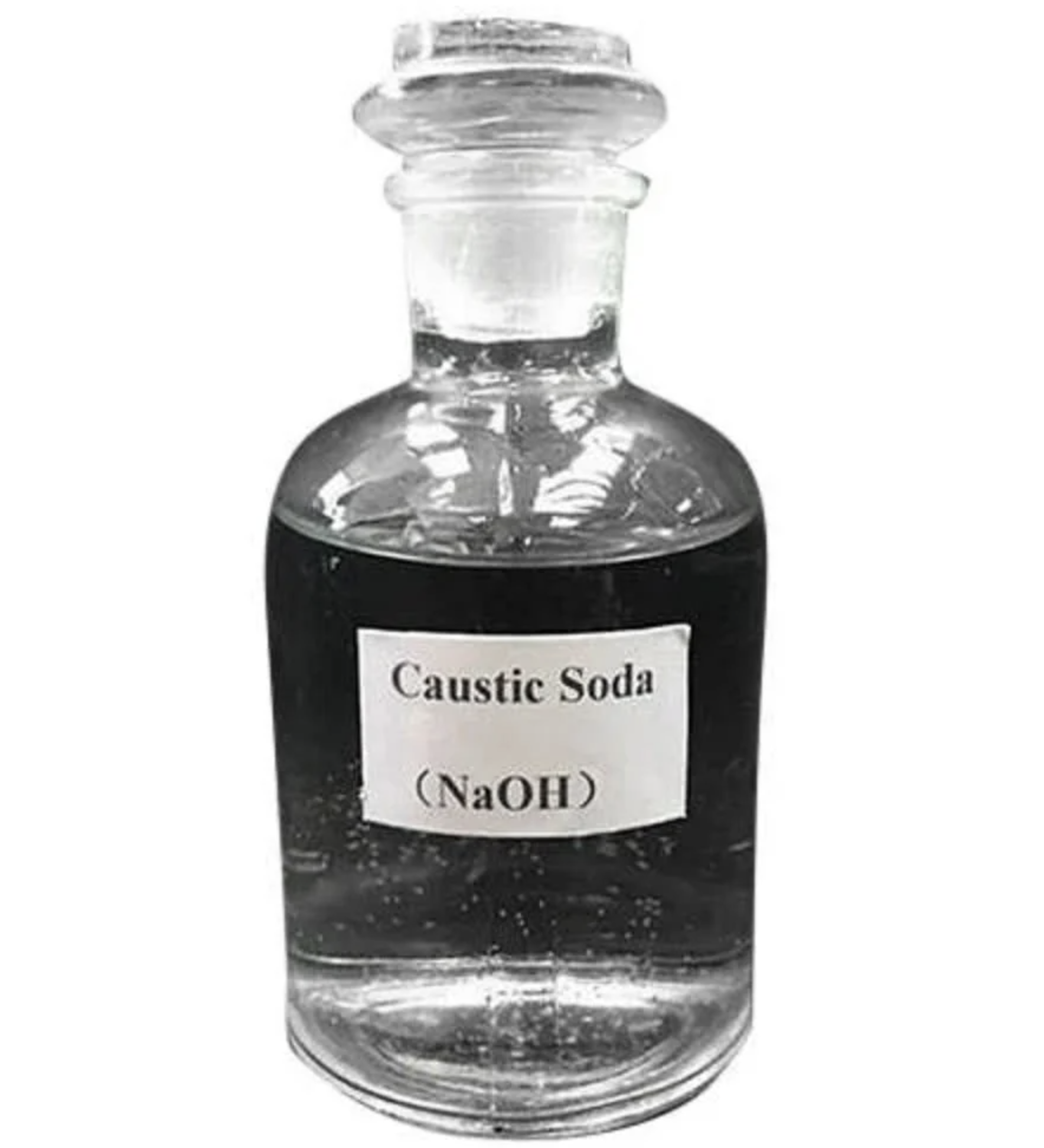If you operate in the water treatment sector, you are aware of how crucial it is to maintain the proper pH balance. Keeping your system from becoming too alkaline, which may lead to a variety of issues, is one of the toughest obstacles. The good news is that there are several extremely alkaline water treatment chemicals available. We will examine the most common choices and go through their advantages in this post.
Introduce
For our water supply to be safe and of high quality, water treatment is a necessary step. High alkalinity is a frequent issue that can cause issues including scaling, corrosion, and decreased disinfection efficacy. Professionals in water treatment frequently utilize chemicals to balance the pH in order to handle excessive alkalinity. We will go through the most popular extremely alkaline water treatment chemicals, their applications, and any potential drawbacks in this manual
The following compounds are the most frequently used to treat very alkaline water:
- Caustic soda, often known as sodium hydroxide, is a strong base frequently employed in the filtration of water. It works incredibly well to lower the acidity and raise the pH of water. In order to balance alkalinity in water treatment systems, NaOH is frequently employed in conjunction with other chemicals. Although efficient, it is also extremely caustic and, if not handled carefully, can result in serious burns.

- Slaked lime, commonly known as calcium hydroxide, is a typical chemical used to treat excessively alkaline water. It is frequently employed to lessen acidity and soften hard water. White powder, Ca(OH)2, is simple to handle and store. Its inability to easily dissolve in water, however, may restrict its usefulness in particular situations.
- Magnesium hydroxide is a strongly alkaline chemical used in water treatment that is frequently used to regulate pH in the treatment of industrial effluent. It is a naturally occurring mineral that may be handled and stored rather safely. Mg(OH)2 can assist in lowering wastewater hydrogen sulfide gas concentrations and is a powerful odor control agent.
- Another extremely alkaline chemical used in water treatment is potassium hydroxide, commonly referred to as caustic potassium. It is frequently employed in the production of detergents, soaps, and other cleaning products. KOH has a high degree of reactivity and may quickly change the pH of water. But if handled improperly, it is also extremely corrosive and may harm pipes and other machinery.
- Baking soda, also known as sodium bicarbonate, is a regularly used gently alkaline water treatment ingredient to neutralize acidic wastewater. Additionally, it is utilized as a leavening agent in baked items in the food and beverage business. White crystalline NaHCO3 is a simple product to handle and store. Although useful, it might not be as potent as other compounds used to cure excessively alkaline water.
- Sodium silicate is a very alkaline water treatment chemical that is frequently employed in the treatment of industrial wastewater. As a strong flocculant, it can aid in the sedimentation of sediments and contaminants from water. It is quite simple to handle and store Na2SiO3, which is a transparent viscous liquid. However, with some water treatment systems, it could be challenging to implement.
- The extremely alkaline chemical sodium aluminate is also frequently used to raise pH in the treatment of wastewater. Other industrial uses for it include the production of paper and textiles. White crystalline NaAlO2 has a low level of toxicity and is easily soluble in water. However, it can corrode some metals and could need further treatment to prevent the equipment from being harmed.
- Sodium hydrogen carbonate, often known as sodium bicarbonate (NaHCO3), has many of the same uses as sodium bicarbonate. It's a moderately alkaline water treatment chemical that's frequently used to balance the pH in swimming pools and other recreational water sources and neutralize acidic wastes.
- Natural mineral calcium carbonate is frequently used as a chemical to remediate very alkaline water. It may be mined and processed for use in water treatment, and it is frequently found in limestone and other sedimentary rocks. CaCO3 works well to raise the pH and lower the acidity of water. However, compared to other extremely alkaline water treatment chemicals, it might not be as successful in some applications.
- Similar uses are served by sodium bisulphite, which is also known as sodium hydrogen sulphite (NaHSO3). It's a moderately alkaline water treatment chemical that's frequently used to get rid of chlorine in sewage treatment systems and control pH in swimming pools and other recreational water sources.
- Sodium metasilicate is yet another extremely alkaline water treatment agent that is frequently employed in the treatment of industrial effluent. It can aid in the removal of pollutants and settled solids from water since it is a powerful flocculant and flocculant. It's quite simple to handle and store Na2SiO3, a white crystalline material. Applying it in some water treatment systems, though, might be challenging.